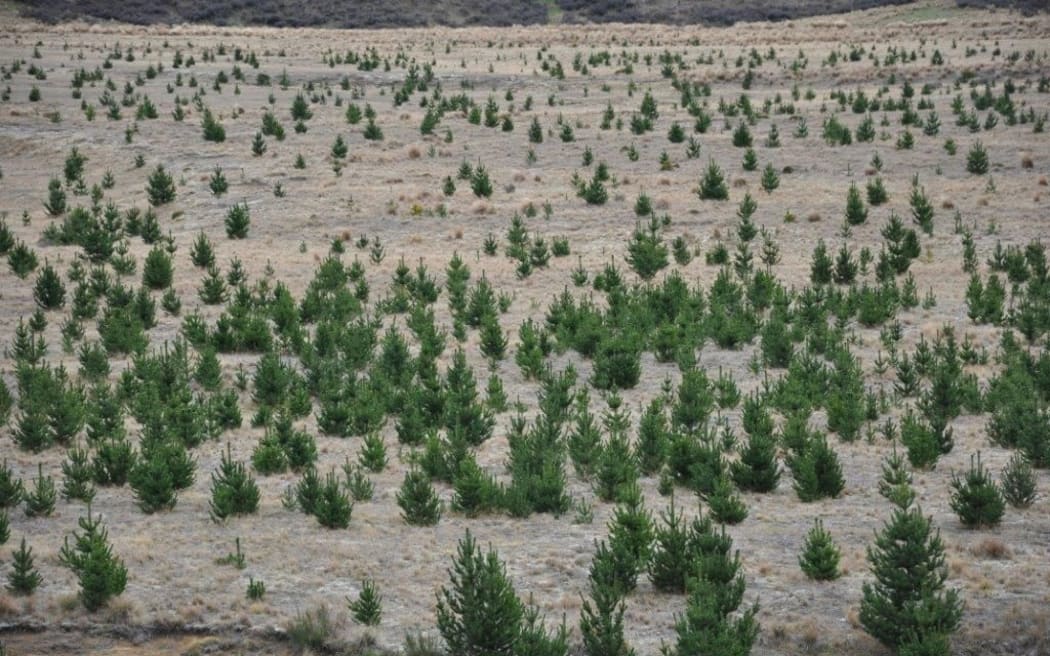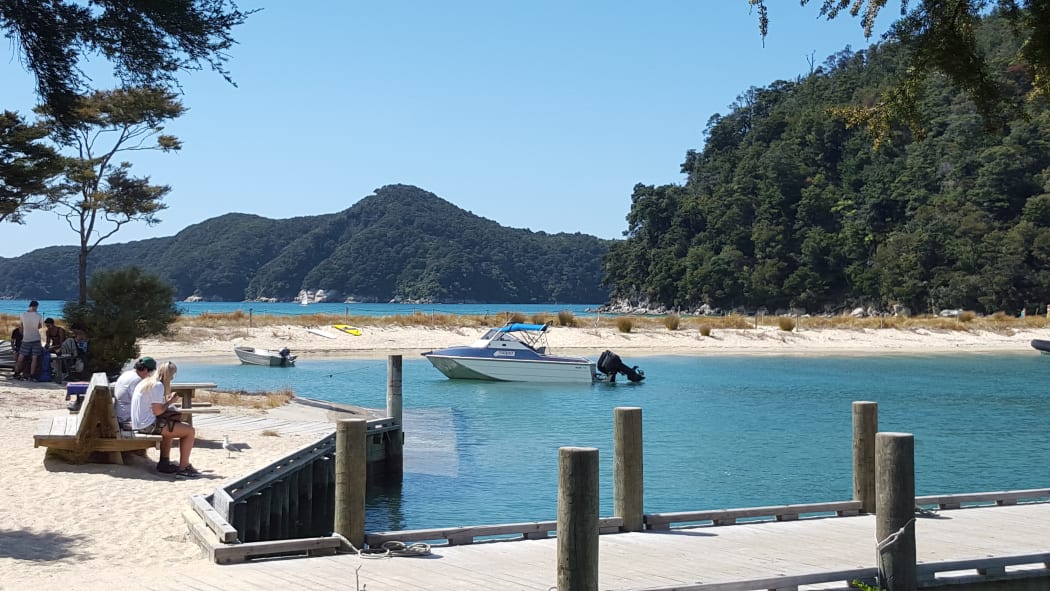A successful conservation plan used in the Abel Tasman National Park that draws on partners to fund and deliver is now being considered for New Zealand's historic Molesworth high country station.

Wilding pines invade farmland on Molesworth Station. Photo: MPI
The director of partnerships at the Department of Conservation (DOC) Nelson office, Martin Rodd, said the area's nationally significant drylands were threatened by the spread of wilding conifers.
He said it would be good to see the return of pockets of native trees that once dotted the high country landscape that linked Marlborough with Canterbury via an unsealed 200km long road.
Mr Rodd said Molesworth also had greater tourism potential than the current summer visitors who travel the distance by four-wheel-drive or mountain bike, but that had to be managed too.
DOC administers the land which is owned by the Crown and leased for farming.
Mr Rodd said Molesworth was a key site nationally for its variety of plant and animal life, and recreational attractions, and the project was part of a larger Te Tau Ihu proposal looking at opportunities for conservation partnerships in the top of the South Island.
"We looked at other places around New Zealand that are our most significant places for biodiversity and Molesworth ... if you did actually hit it with significant investment upfront, with partners, you could totally transform the outcomes."
He said the Abel Tasman National Park was successfully eradicating pests and wilding pines with help from the likes of the privately funded trust, Project Janszoon, while foreshore management was handled by the Tasman District Council and the Department of Conservation managed visitor numbers through its huts booking system.

The Abel Tasman National Park is successfully eradicating pests and wilding pines. Photo: RNZ / Tracy Neal
Project Janszoon works with DOC, the Abel Tasman Birdsong Trust, the community and local iwi to restore the ecology of the National Park over a 30-year time frame.
Mr Rodd said that had lessons for Molesworth, and he was encouraged by groups like the recently formed South Marlborough Landscape Restoration Trust which plans to tackle Molesworth's wilding conifer threat.
"What we've seen (in the Abel Tasman) is quite a remarkable approach to conservation where you're literally dealing with all those threats that face that park, and putting a plan together that deals to them all."



